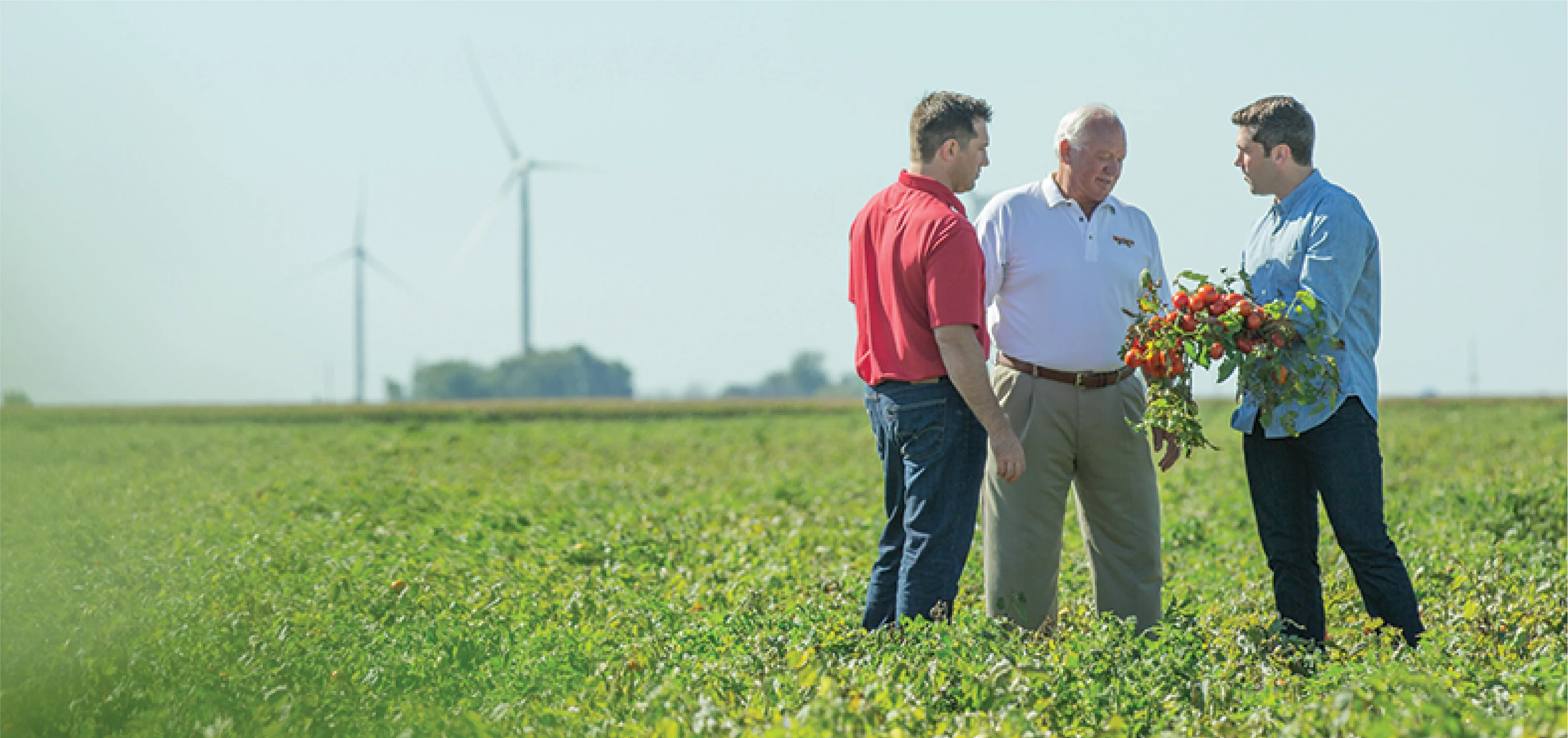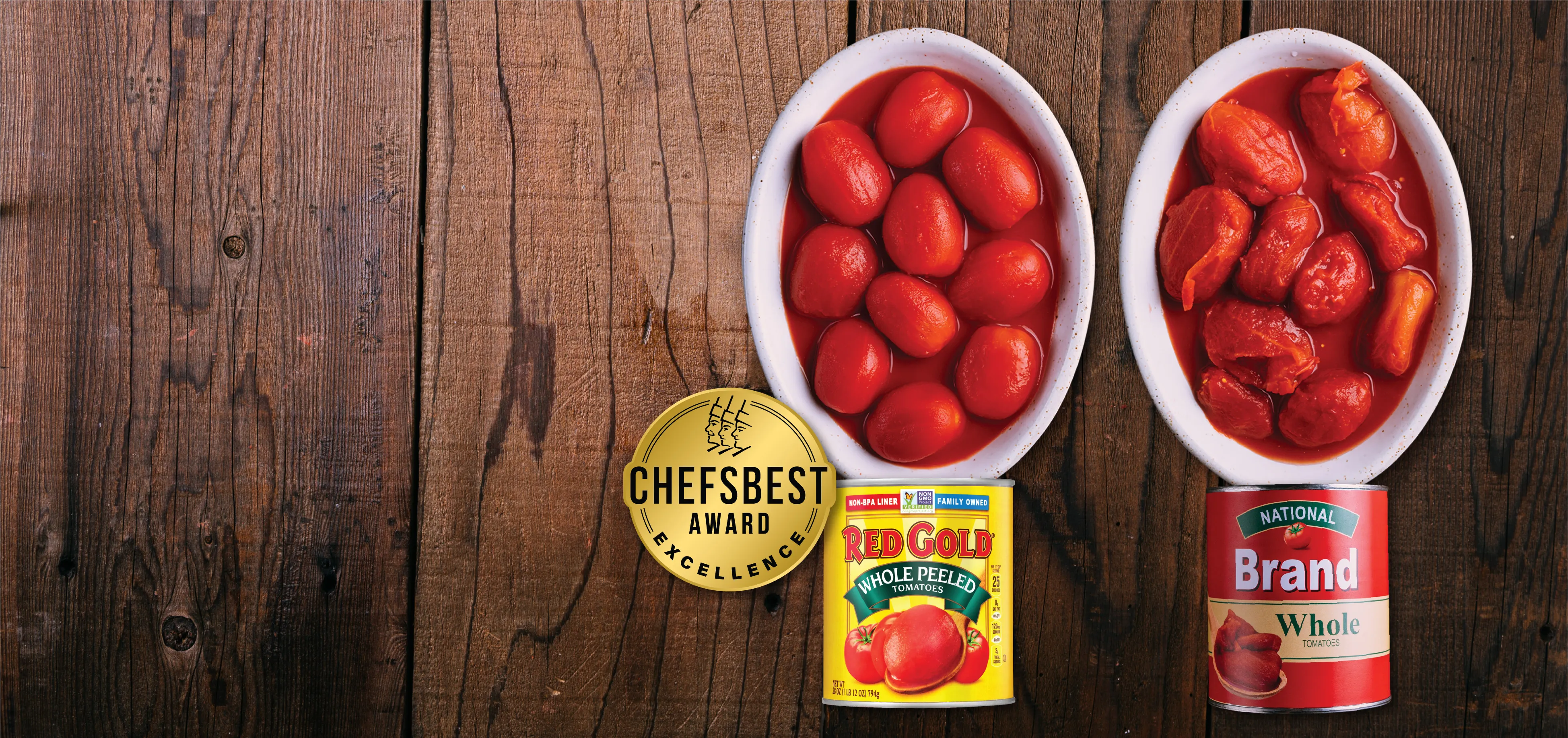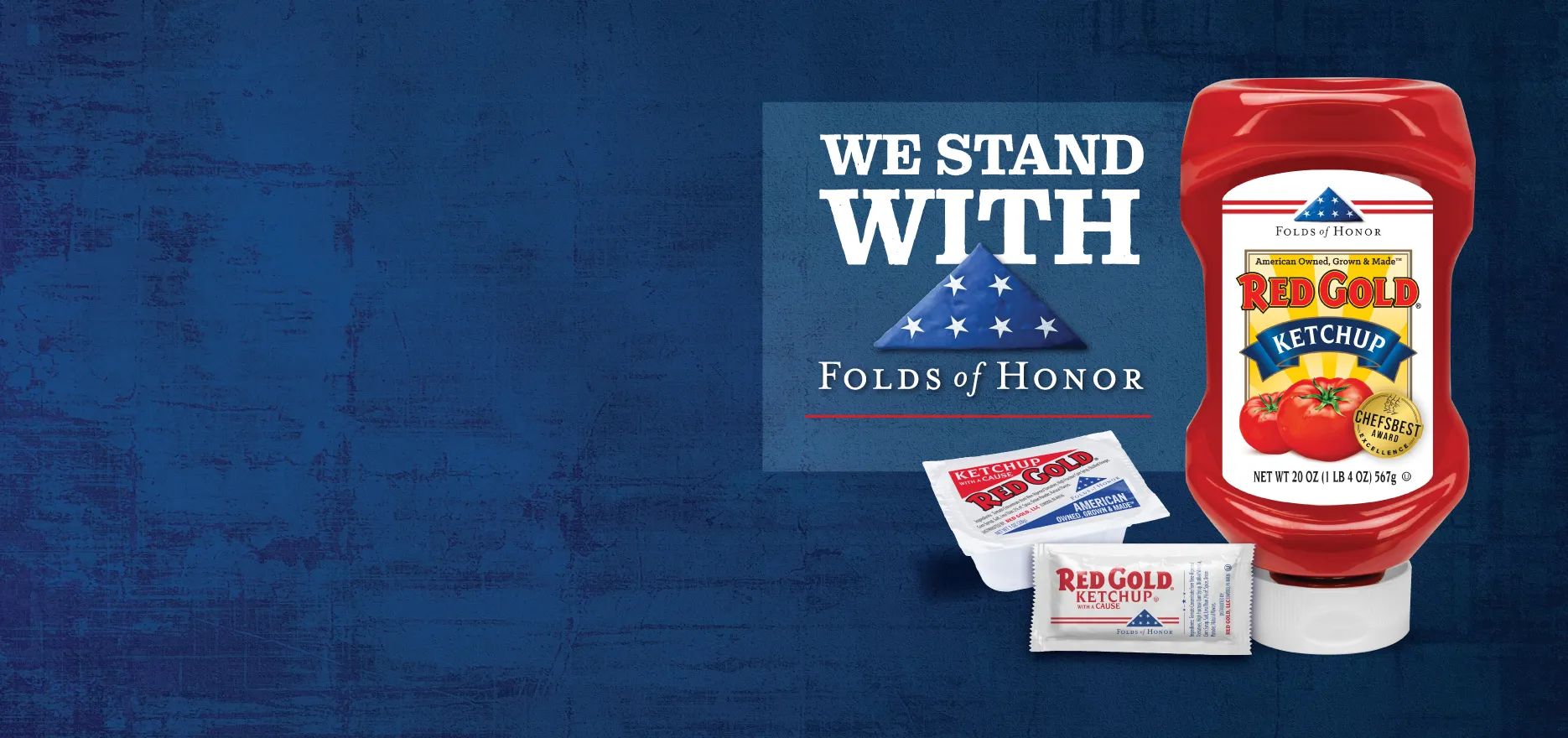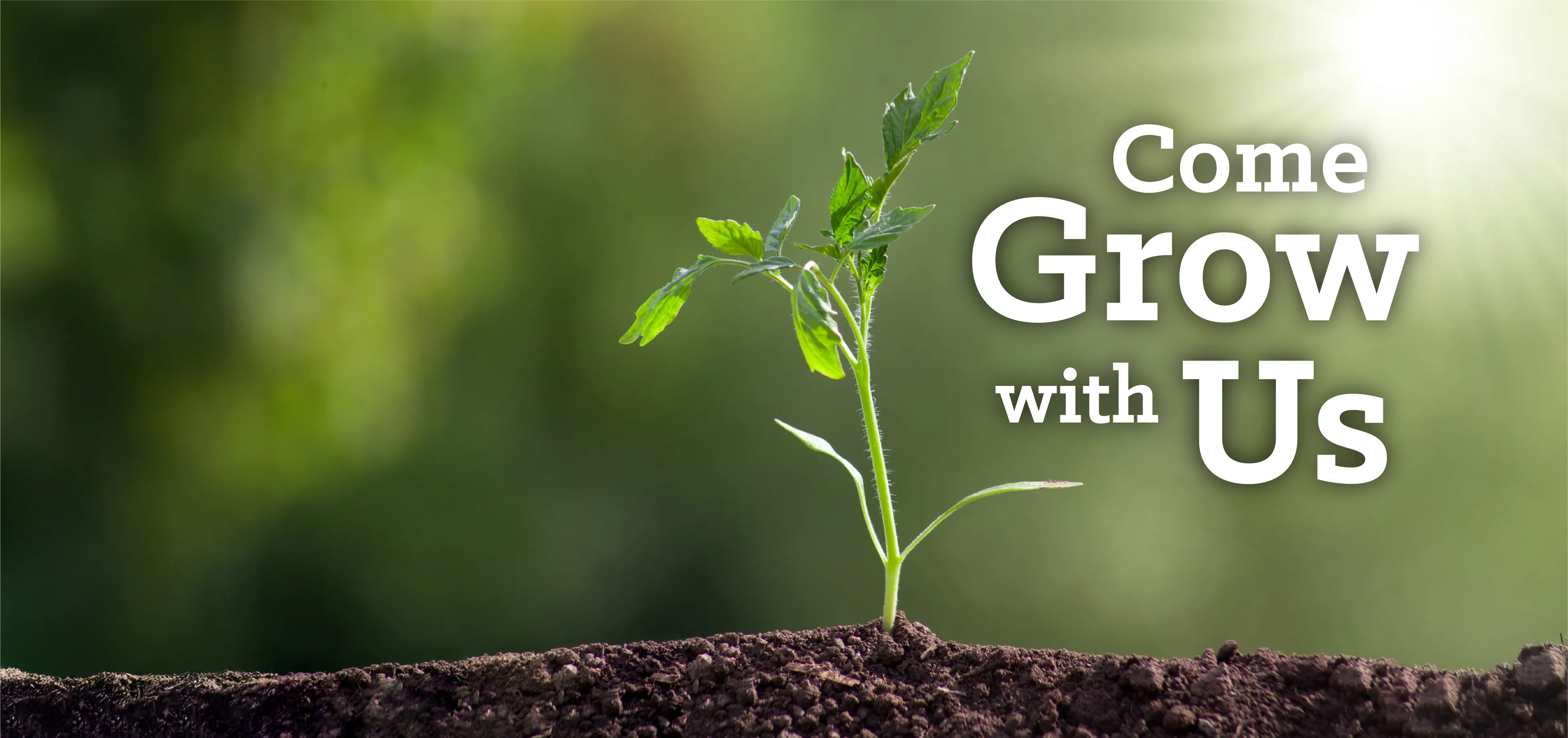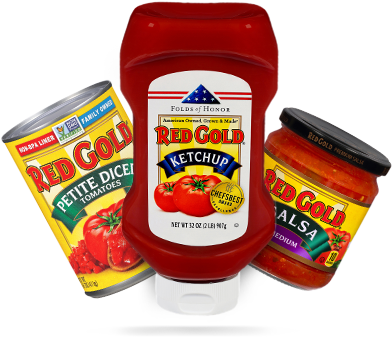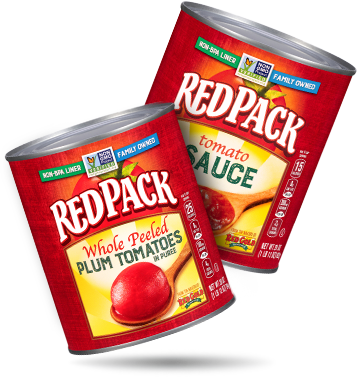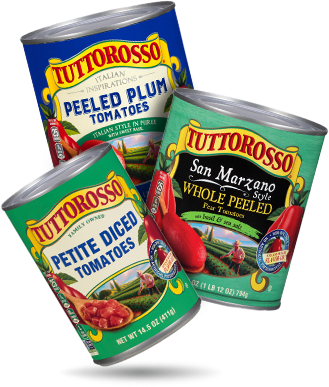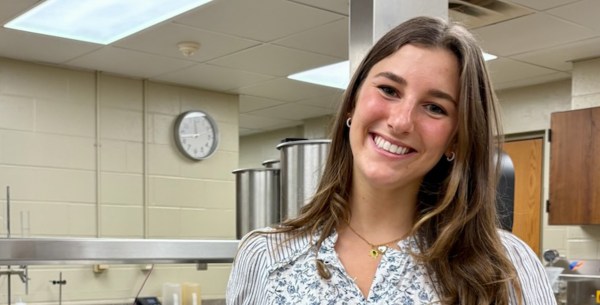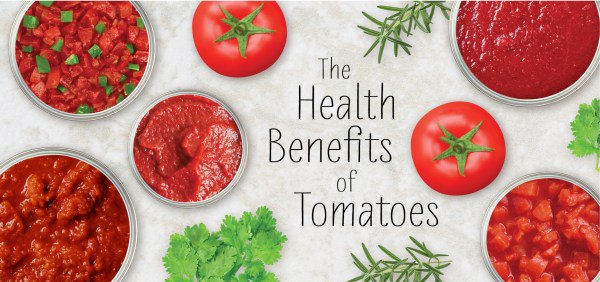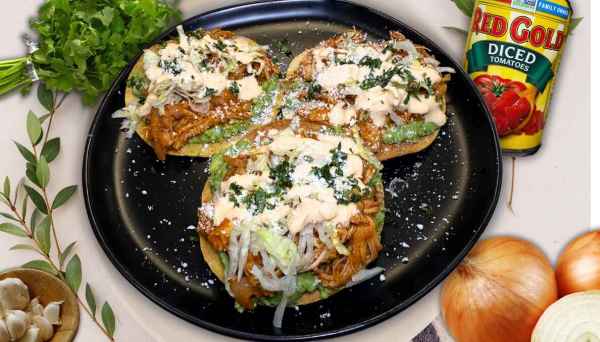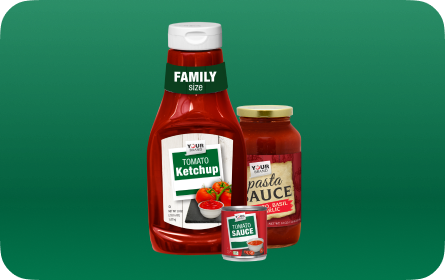Our Tomato Brands

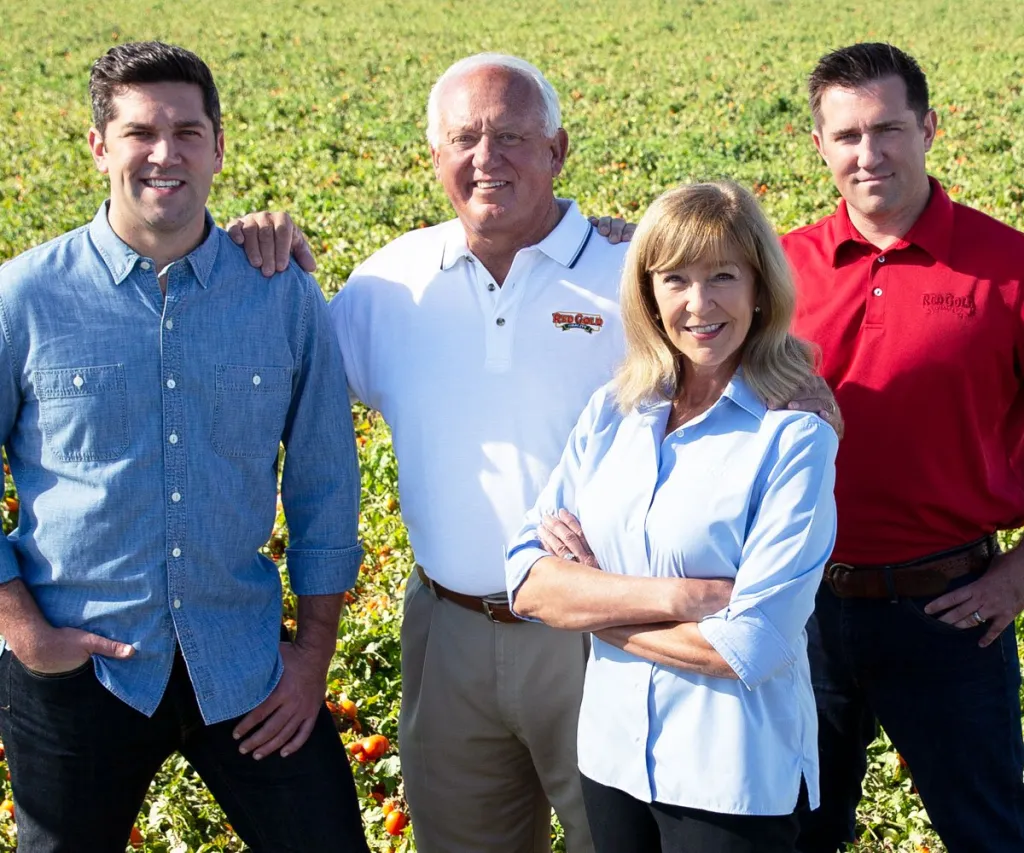
Family Owned, Grown & Made TM
If you had to sum up Red Gold Tomatoes in one word it would be “family”. Today and four generations later, the Reichart family partners with over 35 family-owned farms in Ohio, Michigan and Indiana to produce what we believe to be the freshest, best tasting tomatoes in the world.
The core values of Red Gold have always been Quality, Customer Service and Operational Excellence. Our family is involved in all aspects of the company, and the 1,600 employees work with family members every day. We feel that our employees are our most valuable resource, and that contributes to a culture of participative teamwork.
Service
Excellence
Quality
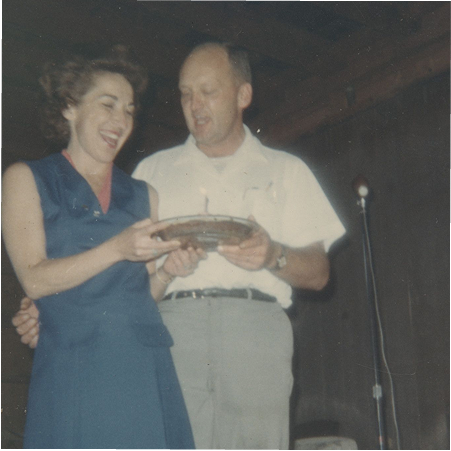
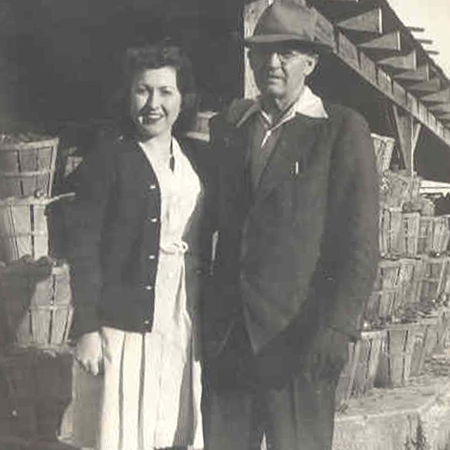
What’s New
Segments
Red Gold has grown to become the largest privately held manufacturer of tomato products in the United States. Our products are sold to all channels of food distribution in every U.S. state and throughout the world! We produce products for 23 different product categories, formulated for 389 different combinations of flavors and cuts, packed in 44 different containers and sizes. Let us help you take your brand to the next level.

Foodservice
Red Gold is a leading provider in the Foodservice Industry. We manufacture tomato products for Commercial, K12, Healthcare, College & University, C-Store, etc.
-
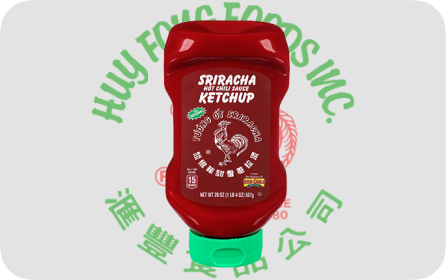
Co-Pack
With more than 80 years of experience, Red Gold has an industry-wide reputation for creating the highest quality tomato-based products formulated for the specific needs of our customers.
-
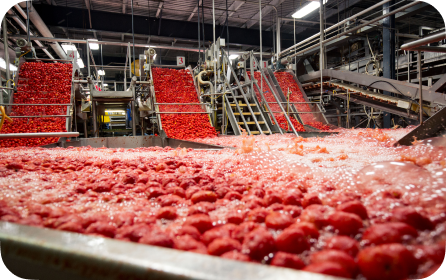
Industrial
Red Gold is a one stop solution for all of your industrial tomato product needs from drums and totes to bag-in-a-box.
Capabilities
We control from seed to harvest. Red Gold has established its own seed breeding program, utilizing 4-5 proprietary varieties each year. Seedlings are grown in 7 commercial greenhouses utilizing over 20 different varieties in total. Red Gold utilizes our own unique varieties as well as the best commercially available varieties that undergo rigorous testing with on-farm plots, private researchers, and university trials. These varieties are developed for quality attributes that meet requirements for peeled and concentrated products. This ensures the best quality throughout the canning process.
-
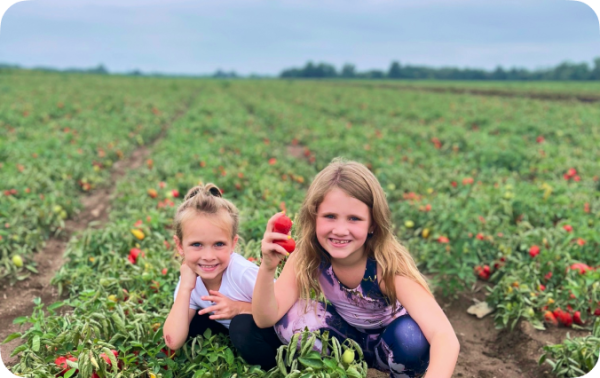
Sustainability
Red Gold is making every effort possible to be environmentally friendly by being good corporate stewards of the planet we all share…we refer to this as Reduce, Reuse, Recycle.
-
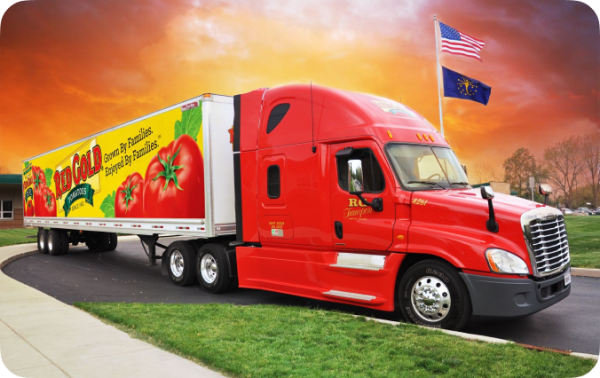
Logistics
At Red Gold, we understand having product in stock, when you need it is imperative for the success of your business.
-
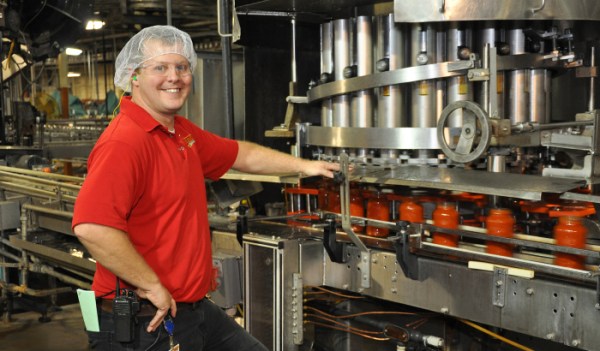
Product Development
Red Gold has an industry-wide reputation for creating the highest quality products formulated for the specific needs of our customers.
-
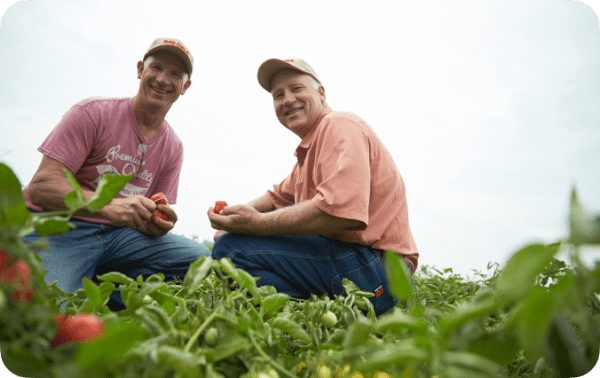
Superior Quality
At Red Gold, we are passionate about our quality. Superior quality is a founding principle, driving us to create award-winning products our customers depend on, and our consumers love.
Contact Us
To get more information on how Red Gold can help your business, please fill out the following form or call toll free at (866) 729-7187. Your questions and comments are important to us. We will respond to you either by phone or email.
Where to buy
Looking to find the Red Gold Brand near you? Use our Store Locator to find both in store and online options.
FAQs
Have a question about Red Gold or our products? You may find the answer below in the FAQs.

We are Hiring.
Join Us!
At Red Gold we are continuously driving growth and innovation from within, while investing back into our people, our products and our process. Don’t wait any longer, plant a seed at Red Gold and start growing your career today!


